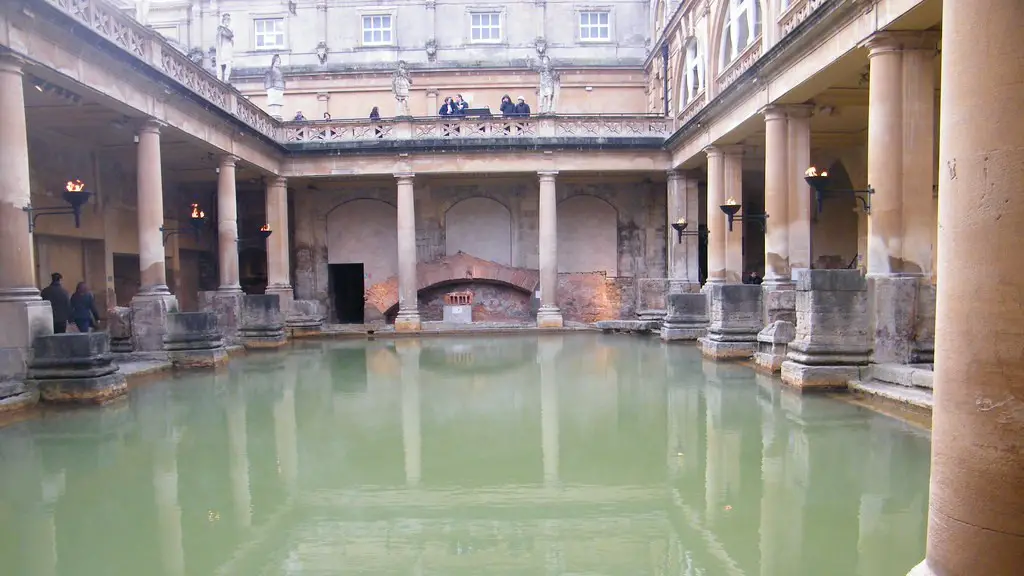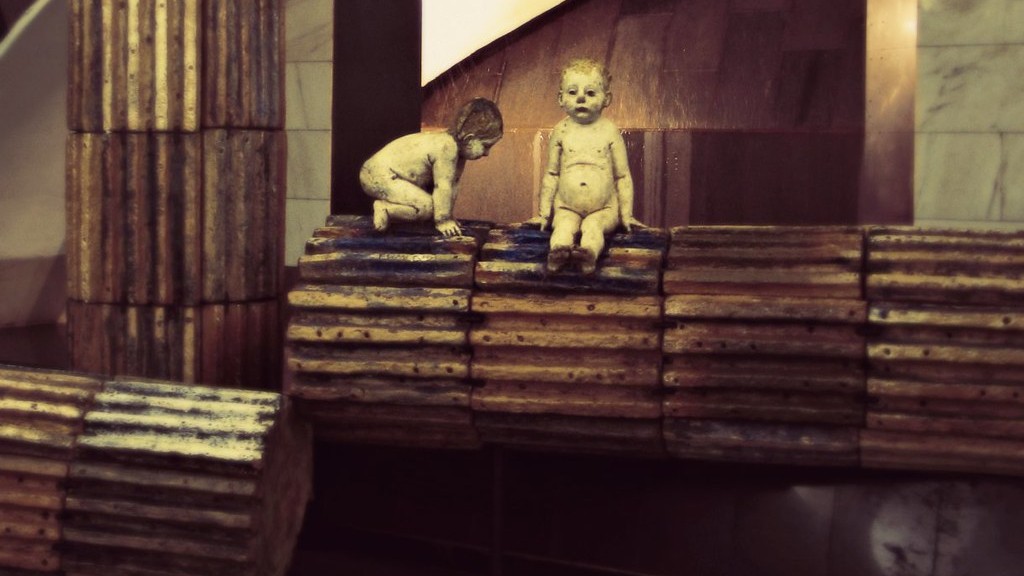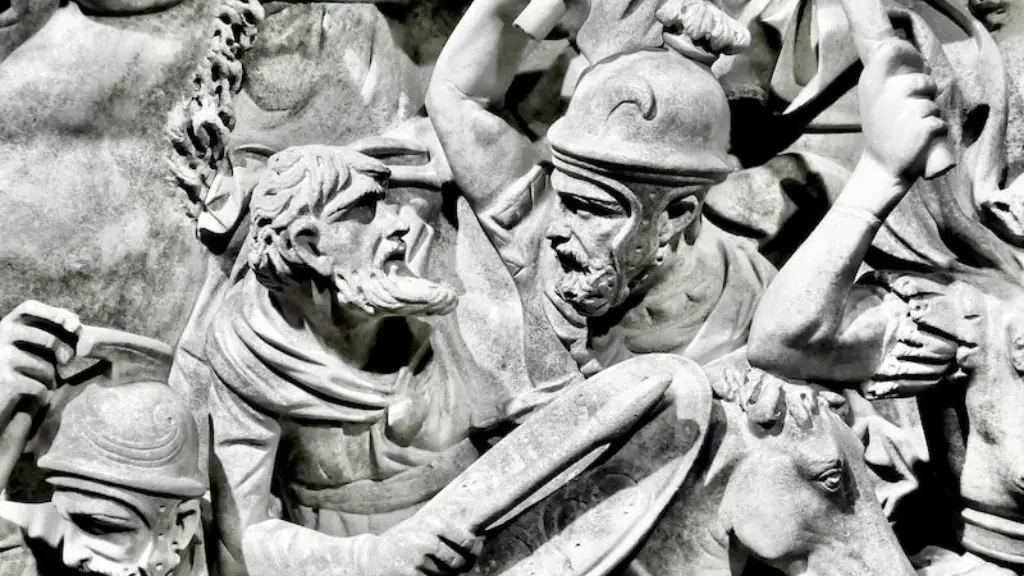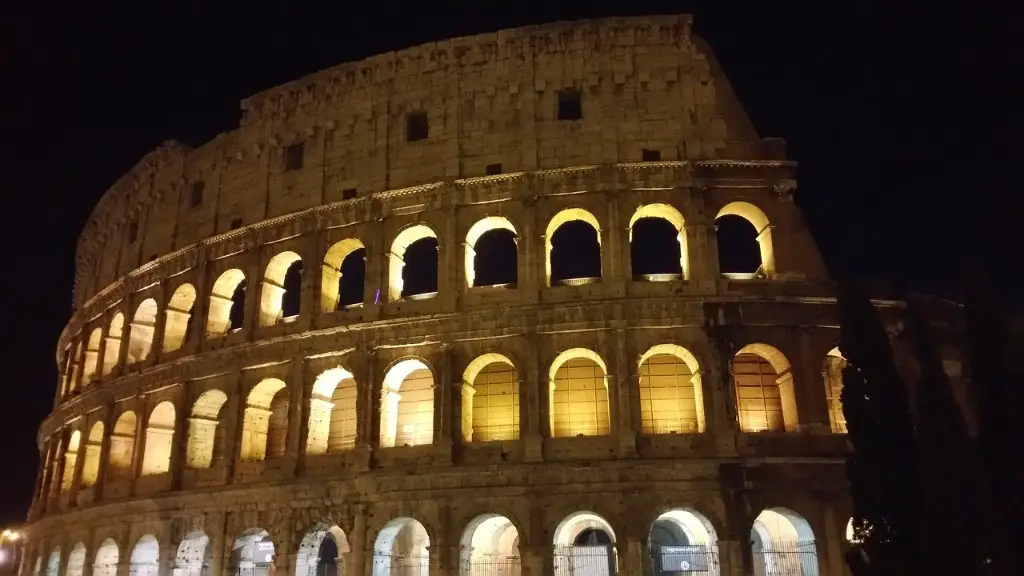Pre-Roman Diet
The diet of early Romans was strongly influenced by their Italian neighbors, the Etruscans, from whom they derived many of their traditional foods and the manner of serving them. Meat was provided in the form of fresh, salted, or dried cuts, usually from cattle, sheep, and pigs sourced from the local markets. Fruit and vegetables were eaten freely; delicious dishes prepared from pulses, legumes, asparagus, leeks, lettuce, cucumbers, and radishes. Herbs, nuts, spices, and vinegars were also added for flavor and texture. Wine, vinegar, and honey were commonly used ingredients, as were olives, extra-virgin olive oil, and seaweed. Rice, a staple today, was not cultivated by the ancient Romans.
Roman Eating Habits
The Romans ate three meals a day. Breakfast, or jentaculum, was eaten between sunrise and 9 a.m., and consisted of bread, cakes, fruit, cheese, ham, and eggs. Lunch, or prandium was served between noon and 3 p.m. and was a light meal. Dinner, or cena was eaten in the late afternoon and was the main meal of the day. It usually started off with an appetizer (gustatio) of egg dishes, dipping sauces, fish, or vegetables. Next came a course of meat dishes (prima mensa) accompanied by vegetables, beans, and sometimes a sauce or gravy. Dessert did not exist in the ancient Roman diet, but fruits, cheese, honey, and nuts were served after the main course.
Dining Etiquette
Dining in an ancient Roman household was a formal affair. Guests practiced table etiquette, greeting the host and each other when they arrived, and dining while reclining on couches. Prior to the meal, diners would be presented with perfumed water for washing their hands. Food was typically served on tables laid with linens and decorated with flowers, fruits, candles, and garlands. Usually the host and guests would first dine on ingredients served on a plate, then dip their hands into a shared container of boiled vegetables, olives, and sauces called the “Mania”, before finally indulging in sweet treats, spiced cakes, and figurines created with honey and flour.
Eating Out
The Romans also ate out in taverns and cafes, which served a variety of snacks and treats, such as sausage and cheese, bread and butter, pickles, olives, eggs, curried eggs, oysters, fish-stews and oysters, as well as wines and sweet-wines. Restaurants, or “thermopoliums”, usually located near the baths or in the market, sold hot dishes and side dishes as well. Places that specialized in roasting meats provided diners with micatio, a sliced roast off the spit. The Romans also enjoyed picnics, where they feasted on wine-cooked vegetables, salads, and fruit.
Harvest Festivals
Harvest festivals were celebrated in great style by the Romans who would sacrifice animals, offer prayers to their gods, and feast on a sumptuous spread of fresh fruits, grains, and vegetables. These harvest feasts were accompanied by delicious dishes made from the season’s fresh produce, such as roasted pork, stuffed chickens, fried fish, stewed vegetables, and fruit compotes with honey and spices. To satisfy their sweet tooth, the Romans also gorged on delicious desserts, such as honey cakes and fruit preserves cooked in red wine.
Regional Variation
What the Romans ate varied throughout the empire as there were regional differences in the foods available and favoured. For instance, in North Africa and the Middle East, where the hot climate prevented large-scale farming and animal husbandry, they relied mainly on fruits, vegetables and fish. Conversely, in northern Europe, the climate supported more countryside farming and the Romans feasted on wild game, poultry, and freshwater fish.
Drinking Habits
Drinking was a big part of the ancient Roman lifestyle. Alcoholic beverages and beverages made from herbs and spices were widely consumed. In popular taverns, called popinae, it was common to find Falernian wine, a highly prized, amber-coloured, sweet white wine from the slopes of Mount Falernus. The beverage was so popular that even slaves were allowed to get it. Other wine varieties included the rich and sweet Cretan wines, and the piquant and dry wines from Gaul. Beer, known as cerevisia, was made from barley and flavoured with honey, herbs, spices, and mushrooms.
Food Sources
The Romans sourced most of their food from local farms and markets. They also managed their own gardens, orchards and vineyards. Roman farmers practised field rotation, whereby crops were grown on a particular field for a set number of years before being moved to another field. They also employed animal manure as fertilizer to improve the fertility of their soil and produced cheese, honey, and butter.
Foods Forbidden
Although the Romans had a diverse and varied diet, certain foods were seen as inappropriate to consume. For instance, wild animals, hares, and goat’s milk were forbidden as they were associated with Saturnalia, a pagan celebration. Eating peacocks was also banned as they were believed to be sacred birds. Despite these restrictions, the ancient Romans had an impressive diet and enjoyed a wide range of food items.
Preserves, Dried Foods and Pickling
In order to preserve food for the winter months, the Romans employed various methods of drying, smoking, salting and pickling. Many of the fruits, vegetables, fish and meats that were consumed throughout their empire were preserved and transported over vast distances. Their knowledge of food preservation enabled them to prolong the shelf life of food and provided them with access to a wider variety of products.
Cooking Techniques
The ancient Romans were skilled cooks who used a variety of methods to prepare their food. Common techniques included boiling, grilling, steaming, roasting and baking. Food was often seasoned with herbs, garlic, pepper, cumin, coriander, ginger, honey and wine. Sauces were also used to add flavour to dishes.
Conclusion
The ancient Romans developed a sophisticated cuisine that was enormously varied and included fresh, dried and preserved products from both near and far. Prepared with skill and innovation, the array of meat, fish, vegetables, and grains incorporated into the Roman diet was designed to both nourish and invigorate the body. Additionally, the regional variations based on geography and social class ensured that their diet was as diverse and exciting as the empire itself.



